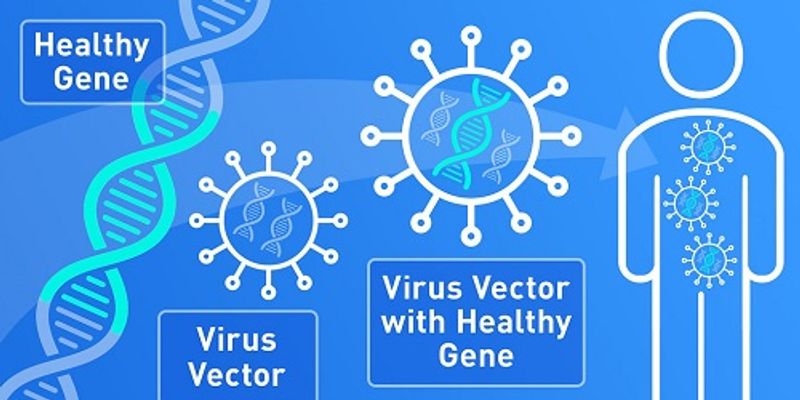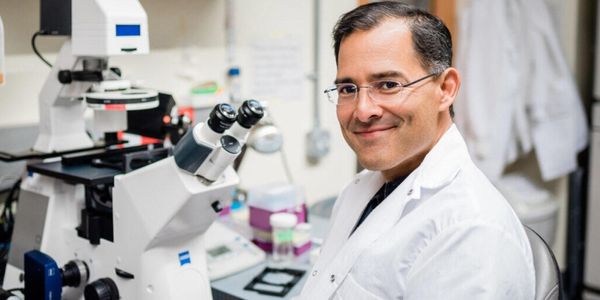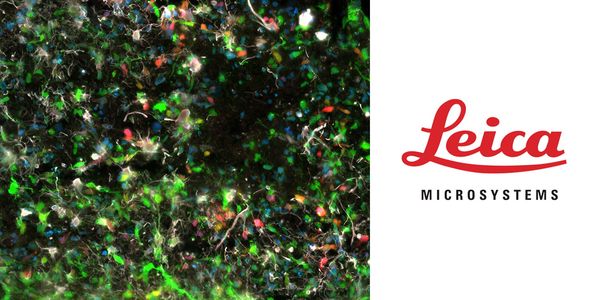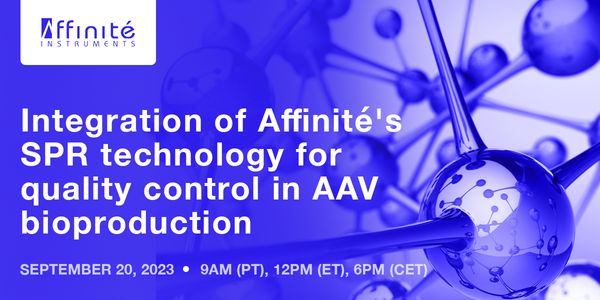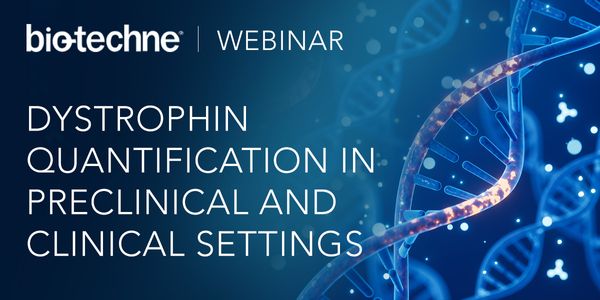Gene Delivery
Gene delivery is the process of delivering foreign genetic material ( e.g. DNA, RNA) into host bacterial cells ( called transformation) or host mammalian cells ( called transfection) using viral or non-viral vectors. Common uses include gene therapy.
-
JAN 21, 2026 | 8:45 AMC.E. CREDITSLipid nanoparticles (LNPs) have become the gold standard in non-viral gene delivery technologies, exemplified by the approval of the LNP messenger RNA (mRNA) vaccines against SARS-CoV-2. Sin...JUL 15, 2025 | 9:00 PMThe adult mammalian heart bears limited regenerative capacity, resulting in the irreversible loss of cardiomyocytes post-cardiac injury, and often culminating in end-stage heart failure. Car...On DemandC.E. CREDITSGene therapy has experienced an increasing number of successful human clinical trials, leading to 6 FDA approved products using delivery vectors based on adeno-associated viruses (AAV). Thes...Chimeric antigen receptor T-cell (CAR-T) therapies have emerged as a revolutionary approach in the field of hematological malignancies, offering unprecedented clinical efficacy when patients...
NOV 01, 2023 | 8:00 AM
To bring your cutting-edge cell and gene therapies to the patients that need them as quickly as possible, you need access to the most knowledgeable scientists, innovative technologies, metho...
OCT 31, 2023 | 9:00 AM
Gene therapy holds potential for treating neurological diseases by delivering genetic information into specific cell types. However, selective and efficient targeting of cell types remains c...
OCT 24, 2023 | 8:00 AM
To bring your cutting-edge cell and gene therapies to the patients that need them as quickly as possible, you need access to the most knowledgeable scientists, innovative technologies, metho...
SEP 26, 2023 | 8:00 AM
Join us for an educational webinar that delves into the fascinating world of Extracellular Vesicles (EVs) and their impact on biomedical research and medicine. In collaboration with ExoVecto...
Speaker:
Roland Leathers, PhD
, Jeroen de Vrij, PhD
Sponsored By: Thermo Fisher Scientific/Gibco
SEP 20, 2023 | 9:00 AM
Adeno-associated virus (AAV) are increasingly produced as they hold tremendous potential in gene therapy. At research level, small quantities are produced for proof of concept studies. Howev...
Speaker:
Dr. Marie-Eve Paquet
, Dr. Shuo Zhao
, Dr Alina Venereo Sanchez
Sponsored By: Affinité Instruments
The use of adeno-associated viruses (AAV) as gene delivery vectors has vast potential for the treatment of many severe human diseases. A small group of intensively studied AAV capsids have b...
APR 11, 2023 | 8:00 AM
Date: April 11, 2023 Time: 8:00am (PDT), 11:00am (EDT), 5:00pm (CEST) Duchenne muscular dystrophy is caused by mutations in the dystrophin encoding DMD gene that disrupt the reading frame. M...
This talk will highlight key changes to the various guidelines in myeloid and lymphoid testing, commenting on the current and future landscape of biomarkers. The speakers will then share the...
Speaker:
Dr. Geetha Menon, MD
, Lihui Wang, PhD
Presented at: OncomineWorld 2024: A Virtual NGS Education Meeting
MAR 08, 2023 | 8:00 AM
Date: March 08, 2023 Time: 8:00am (PST), 11:00am (EST), 5:00pm (CET) Engineered nucleases like the CRISPR-Cas9 system provide researchers with powerful tools for the manipulation of the geno...
FEB 22, 2023 | 9:00 AM
Date: February 22, 2023 Time: 9:00am (PST), 12:00pm (EST), 6:00pm (CET) Circular plasmid DNA has traditionally been used as a stable and efficient vector for gene expression and HDR-mediated...
NOV 16, 2022 | 9:00 AM
Date: November 16, 2022 Time: 9:00am (PST), 12:00pm (EST), 6:00pm (CET) Cell therapy offers a new treatment option for a wide variety of diseases. Most cell therapies involve injecting a spe...
NOV 15, 2022 | 9:00 AM
Problem Measuring viscosity is critical to knowing if your protein and formulation will be well-behaved, or if they will really disrupt the flow of things during administration. Too bad most...
NOV 08, 2022 | 9:00 AM
Date: October 27, 2022 Time: 9:00am (PST), 12:00pm (EST), 6:00pm (CET) The Problem Buffer exchange is a critical step to developing optimal vectors and payloads. Compared to biologics, deve...
Date: September 29, 2022 Time: 8:00am (PDT), 11:00am (EDT), 5:00pm (CEST) Adeno-associated virus (AAV) is one of the most widely used delivery vehicles in gene therapy. To ensure the safety...
JUN 21, 2022 | 6:00 AM
Date: June 21, 2022 Time: 6:00am (PDT), 9:00am (EDT), 3:00pm (CEST) The global understanding and practice of medicine is currently undergoing a revolutionary change. This shift to precision...
Speaker:
Zisis Kozlakidis
, David Hanna
, Dr. Yehudit Cohen
, Sowmiya Moorthie
, Shai Carmi
Sponsored By: Thermo Fisher Scientific
MAY 24, 2022 | 9:00 AM
Date: May 24, 2022 Time: 9:00am (PDT), 12:00pm (EDT), 6:00pm (CEST) Recent breakthroughs in autologous cellular therapies have generated tremendous excitement for the industry; however, thes...
A hypoxic tumour microenvironment is a feature of solid tumours. Many tumour types contain high fractions of hypoxic tissue. The relationship between high levels of tumour hypoxia and a poor...
Cas9 based therapeutics have the potential to revolutionize the treatment of genetic diseases. However, safe and effective methods for delivering Cas9 protein, gRNA and donor DNA need to be...
Over the past ten years, CRISPR technology has revolutionized genome engineering, as reflected by the recently awarded Nobel Prize. Nevertheless, the process of performing and characterizing...
Speaker:
Domenica Martorana, PhD
RNA plays important and diverse roles in biology, but molecular tools to manipulate and measure RNA are limited. We demonstrate that RNA-targeting CRISPR effector Cas13 and novel RNA targeti...
Speaker:
Omar Abudayyeh, PhD
, Jonathan Gootenberg, PhD
Presented at: CRISPR Virtual Event Series 2021
